Time
Until Sept. 3
Tickets
Venue
南楠
Metro
East Tsim Sha Tsui Station or Tsim Sha Tsui Station or Jordan Station
Please Note
Hours: 10 a.m.-6 p.m. (Mon., Wed.-Fri.), 10 a.m.-7 p.m. (Sat.-Sun.), closed Tuesdays
Until Sept. 3
南楠
East Tsim Sha Tsui Station or Tsim Sha Tsui Station or Jordan Station
Hours: 10 a.m.-6 p.m. (Mon., Wed.-Fri.), 10 a.m.-7 p.m. (Sat.-Sun.), closed Tuesdays
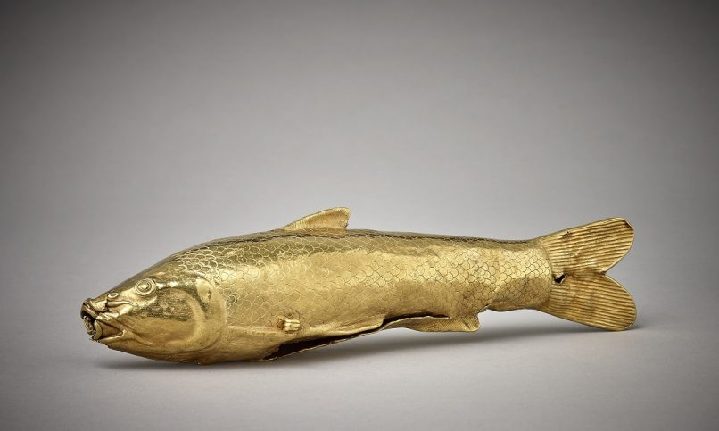
Gold flask for perfumed oil from Takht-i Kuwad, Tajikistan (500-400 B.C.)
When we think about the ancient Mediterranean and Middle East, we tend to visualize the monumental architectural remains of palaces, gardens and city walls. These places were once alive with the wealthy ruling classes and filled with precious and luxurious objects such as metalwork, stonewall reliefs, ivories, gems and jewelry.
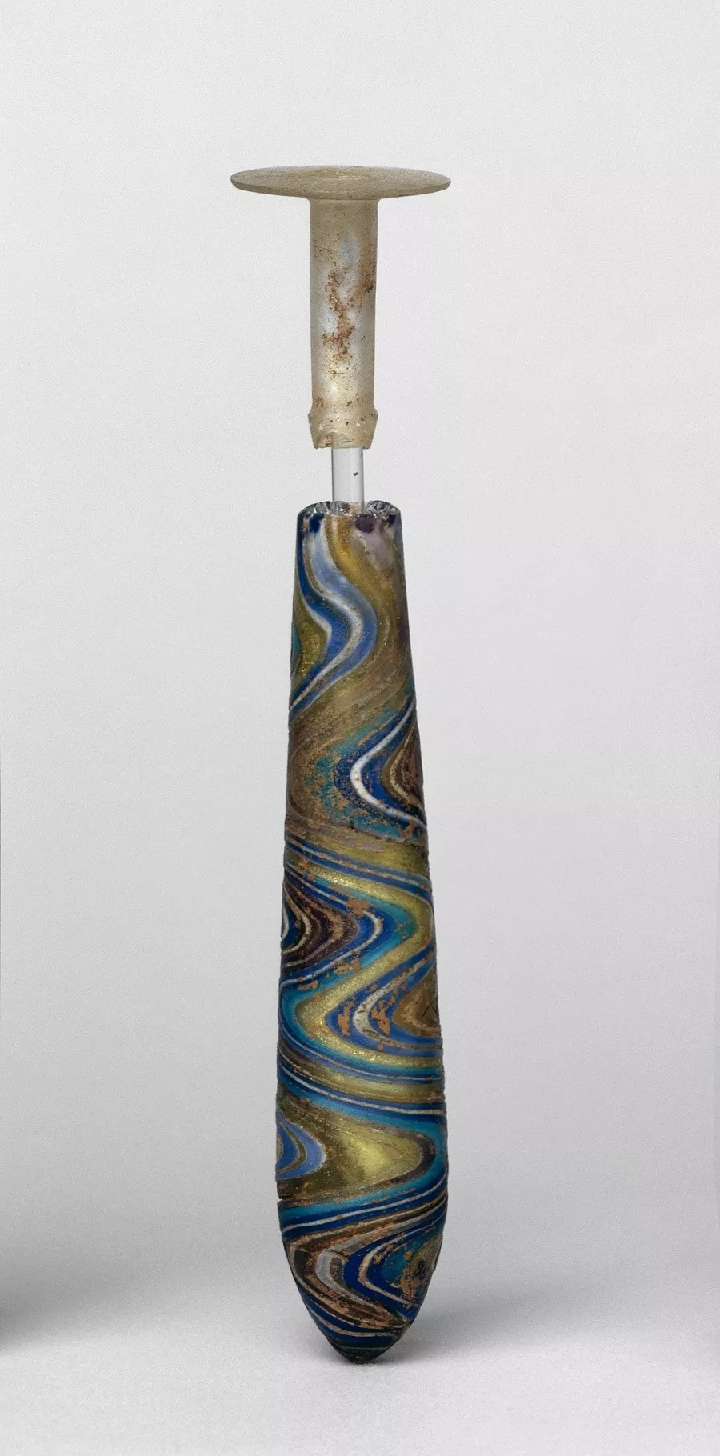
Glass bottle for perfumed oil from Sidon, Lebanon (50 B.C.-50 A.D.)
The period from 900 to 300 B.C. was an age when such luxurious goods were made and traded from India to the Mediterranean. Mighty empires, the Assyrians, Babylonians and Achaemenids, created elites that demanded exotic, luxurious and opulent objects to display their social status. As a result, cheaper imitations of luxury goods were also created. Ultimately the wealth of the Achaemenid Empire proved to be an irresistible prize for Alexander the Great. His spectacular military success meant he eventually ruled territories from Greece to India and as a result Greek art and culture spread throughout the Middle East.
After loaning a dozen mummies to the Hong Kong Museum of History last summer, the British Museum returns with an exhibition showcasing luxury goods from 900 to 300 B.C. This rare collection highlights more than 200 artifacts crafted by the Assyrians, Babylonians, Achaemenids and other lands eventually conquered by Alexander the Great.
This newly developed exhibition will be the first time that all 210 exhibits will be displayed together. They will allow visitors to learn more about the “Age of Luxury.” Visit the exhibition to learn how rich folk used to live large.
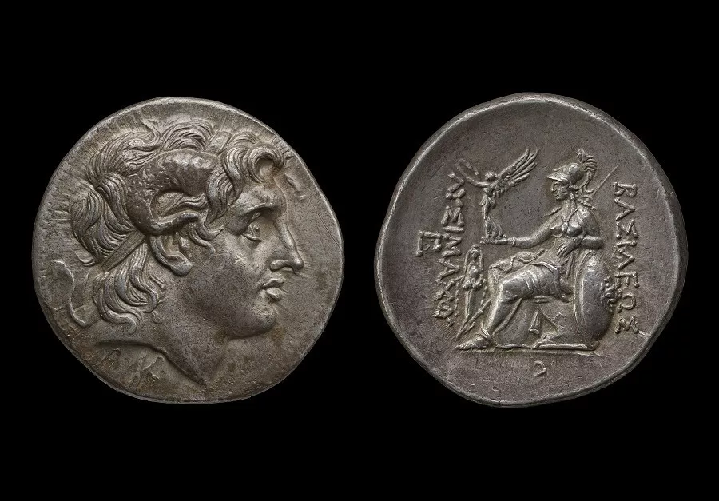
Silver coins depicting Alexander the Great from Pergamum, Turkey (306-281 B.C.)
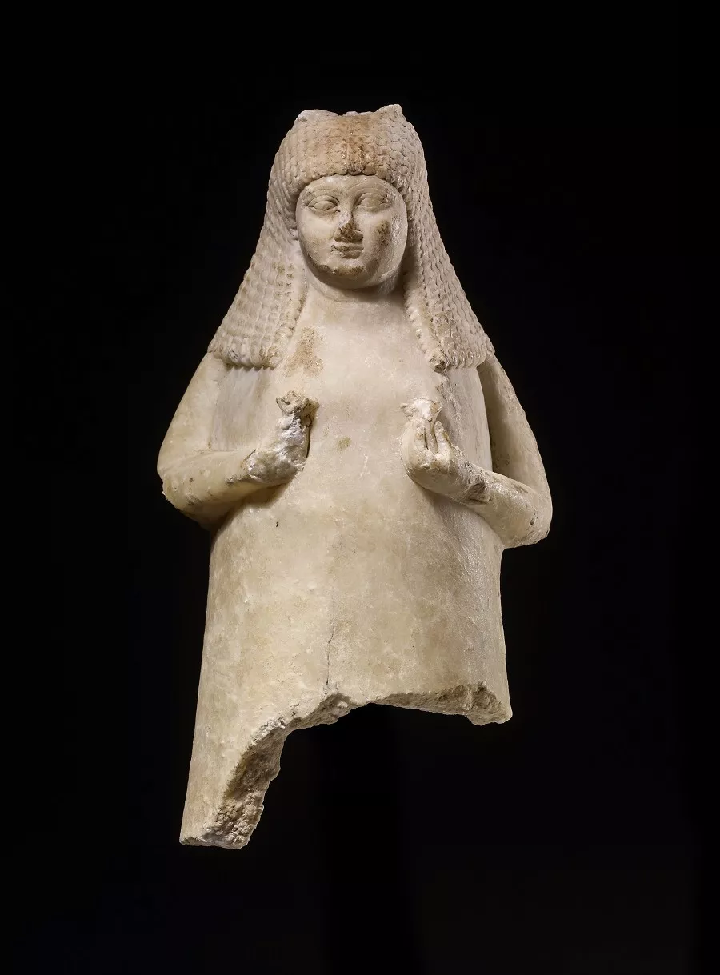
Calcite jar in the shape of a woman from Sippar, Iraq (700-600 B.C.)
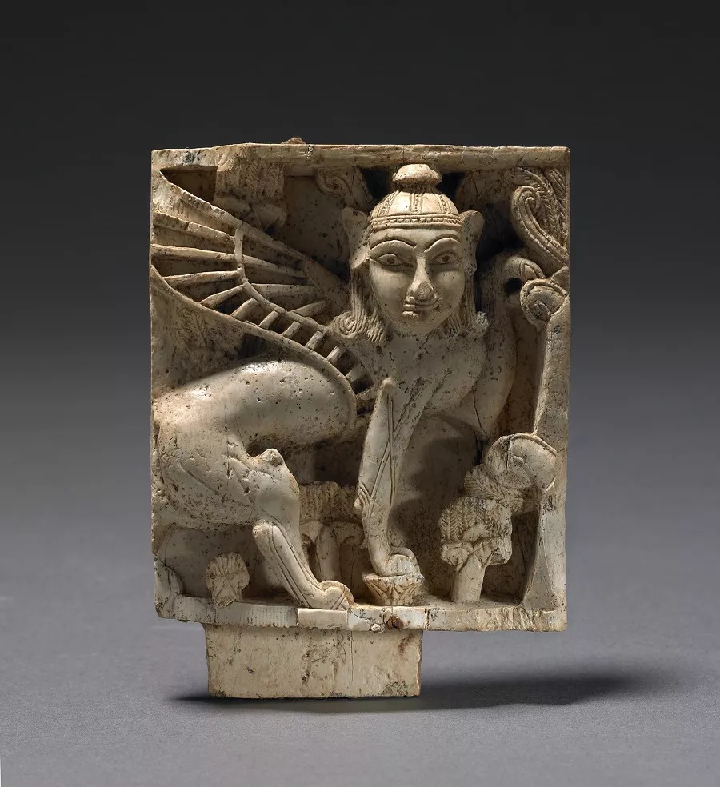
Ivory decorative plaque from Fort Shalmaneser, Nimrud, Iraq (900-700 B.C.)
Dates: Until Sept. 3
Tickets: HK$5-10
Hours: 10 a.m.-6 p.m. (Mon., Wed.-Fri.), 10 a.m.-7 p.m. (Sat.-Sun.), closed Tuesdays
Venue: Hong Kong Museum of History, 100 Chatham Road South, Tsim Sha Tsui, Hong Kong
MTR: East Tsim Sha Tsui Station or Tsim Sha Tsui Station or Jordan Station